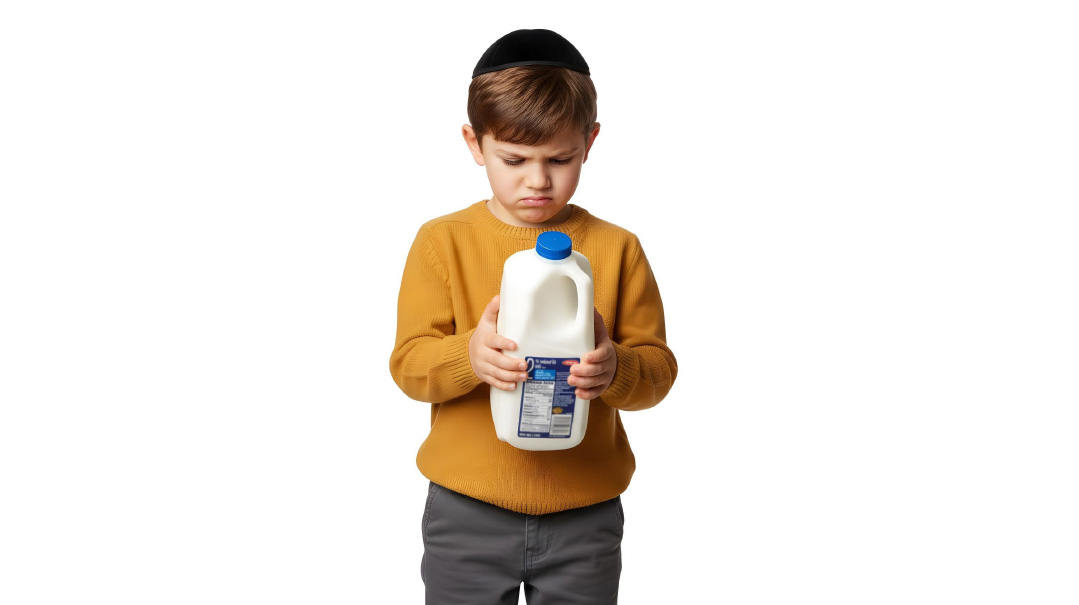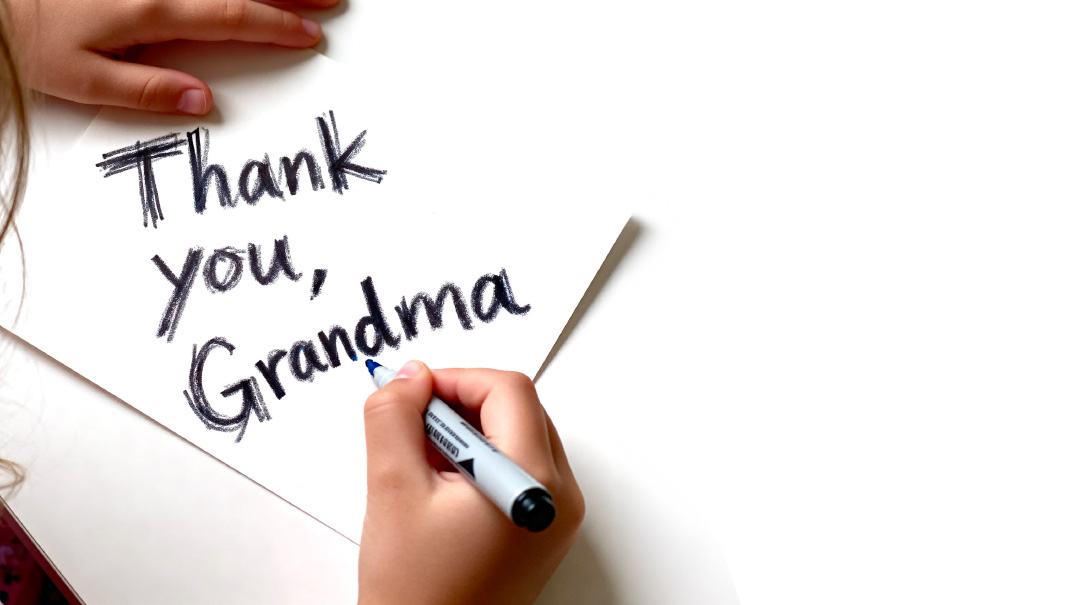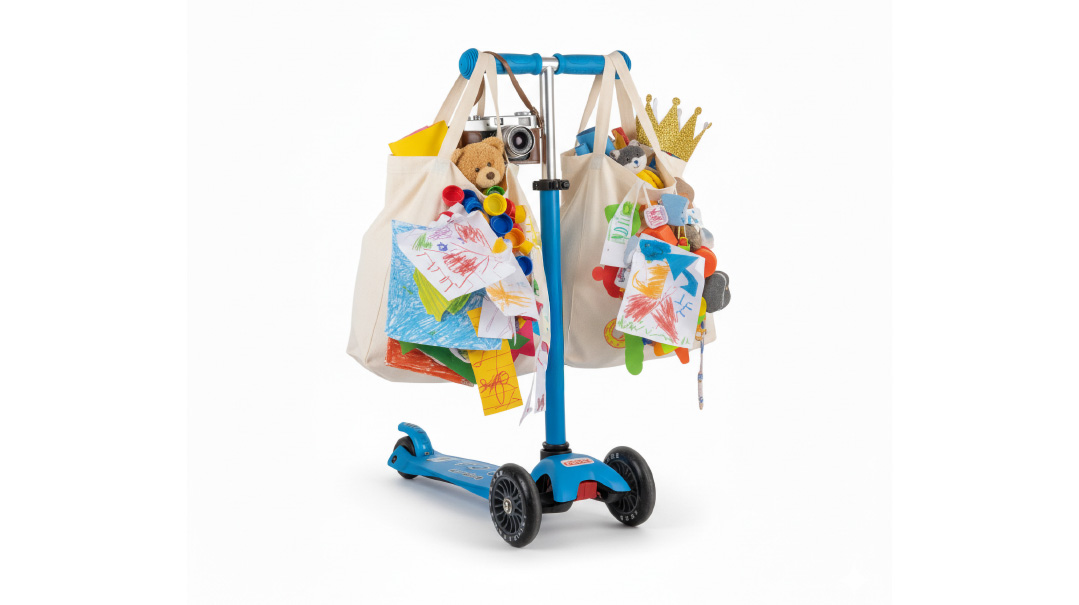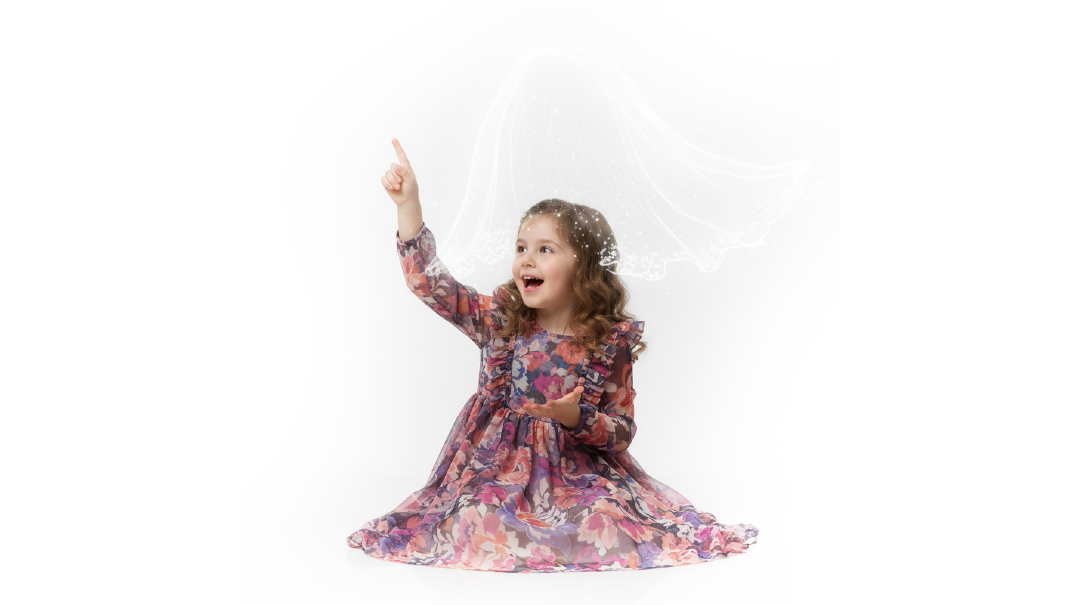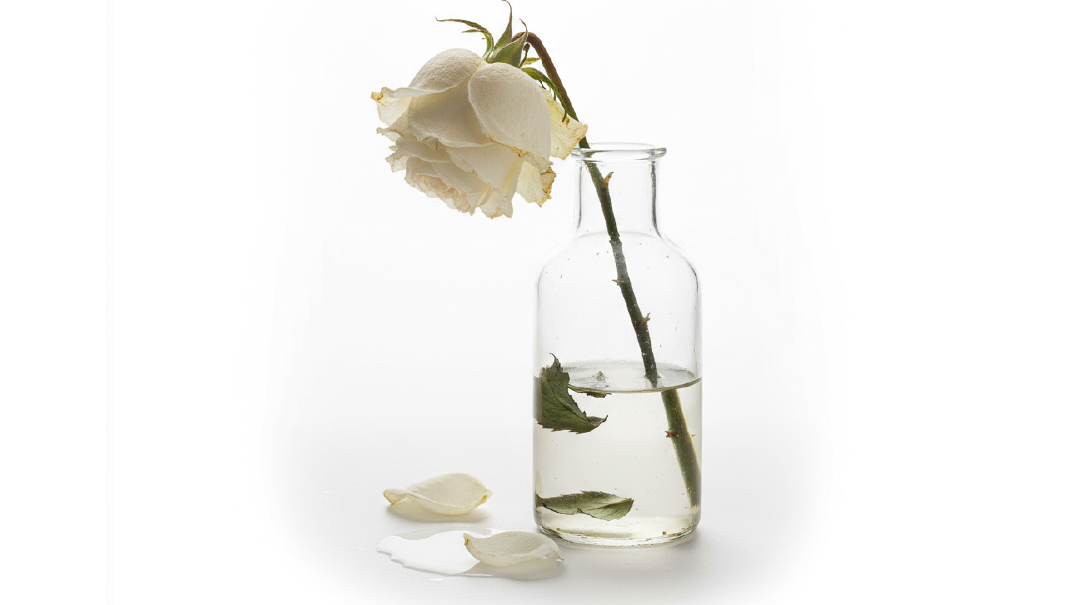Reunited

I opened the cover now the way I’d greet a long-lost friend, holding my breath and wondering what I’d remember
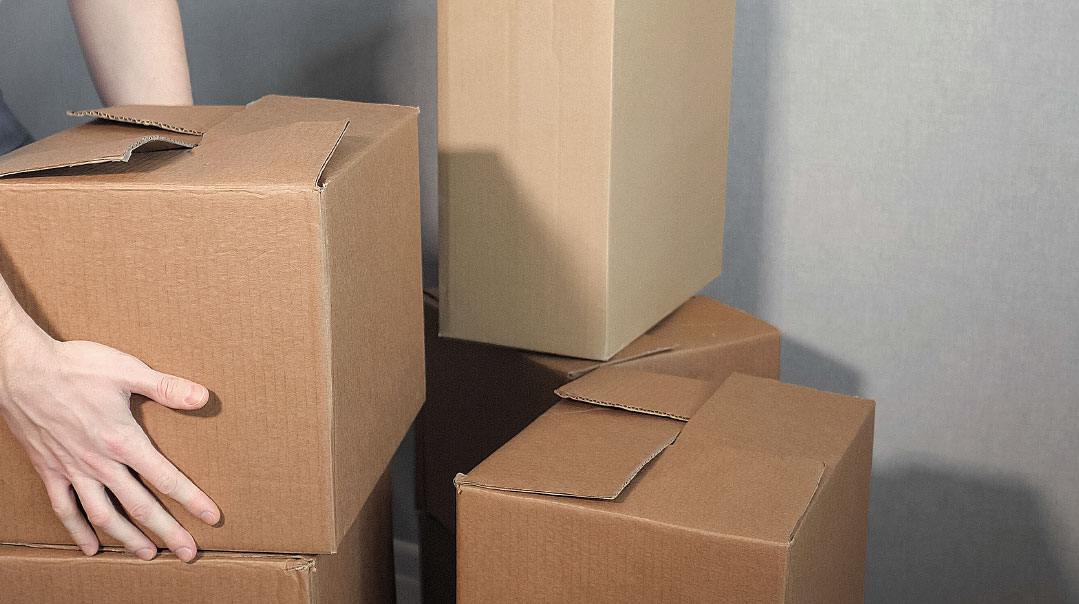
S
everal months ago, my grandmother a”h had a major flood in the basement of her home. The basement was a storage area of sorts for our entire extended family. As the floodwater rose, we were met by the devastating sight of dozens and dozens of half-soaked cardboard boxes slowly disintegrating into the rising water.
A family emergency was declared, and my parents and I began the arduous task of sorting and repacking the contents of the boxes into dry cartons. Since we’re the only relatives living in town, it fell on us to figure out what belonged to whom, what was salvageable and what was, unfortunately, not.
The most pressing matter, obviously, was where to relocate and store the boxes for the duration of this sorting process. Since my garage is at the bottom of a driveway too steep and icy for a car to climb in the winter, and was therefore unused, I became the lucky recipient of about 30 family boxes. They were duly transferred to my garage, where they waited patiently to be sorted through and their contents sent to their respective owners.
Of course, as much as I intended to tackle the boxes immediately, and have an empty garage by the next Yom Tov, life got in the way and about half of the boxes are still down there. Every once in a while, I take an hour out of my routine to steal down to the garage and sort through a box or two.
This week, I unearthed a box of old seforim from my parents’ home, and I’m in the midst of sifting through them. Most are siddurim, sifrei Tehillim, and bentshers that my parents had brought home from weddings and bar mitzvahs but never needed. Then, I come across a treasure that made my breath catch in my throat.
My very first siddur.
It’s small — the perfect size for little hands to clutch as they embark on the infinite journey of tefillah. The once-white-but-now-greying leather binding is cracked across the side, and the gold engraved letters spelling out my name are so faded that it would be hard to make out who this siddur belongs to. But I see it now the way I did when I turned seven, when my grandparents first gave it to me as a birthday present.
Holding it, I closed my eyes and remembered my firm conviction that this must be the most beautiful siddur in existence, and that a siddur like this would surely help tefillos rise to the Heavenly Throne. I remembered the excitement, the joy, the pride.
This siddur became my davening sidekick, staying with me all through my elementary and high-school years, through the different stages of hopes, of prayers, of growing up.
I opened the cover now the way I’d greet a long-lost friend, holding my breath and wondering what I’d remember.
I felt 15 again as my eyes slid over the many things taped to the inside of the front cover — the Post-it with the pasuk of my name, the tefillah al hadibur, the list of daily Tehillim commitments.
I turned to the back cover and reviewed the list of names for Tehillim taped there. On the very top was my grandfather’s a”h name — his 11th yahrtzeit was last month. Then came names of friends or acquaintances who needed refuos. There were also the names of Israeli soldiers, the names of people hurt in terrorist attacks, the people wounded on 9/11. So many, many cholim — some have healed, some are still sick, many have passed on to the Next World, but the fate of most of them remains unknown to me.
(Excerpted from Family First, Issue 659)
Oops! We could not locate your form.

